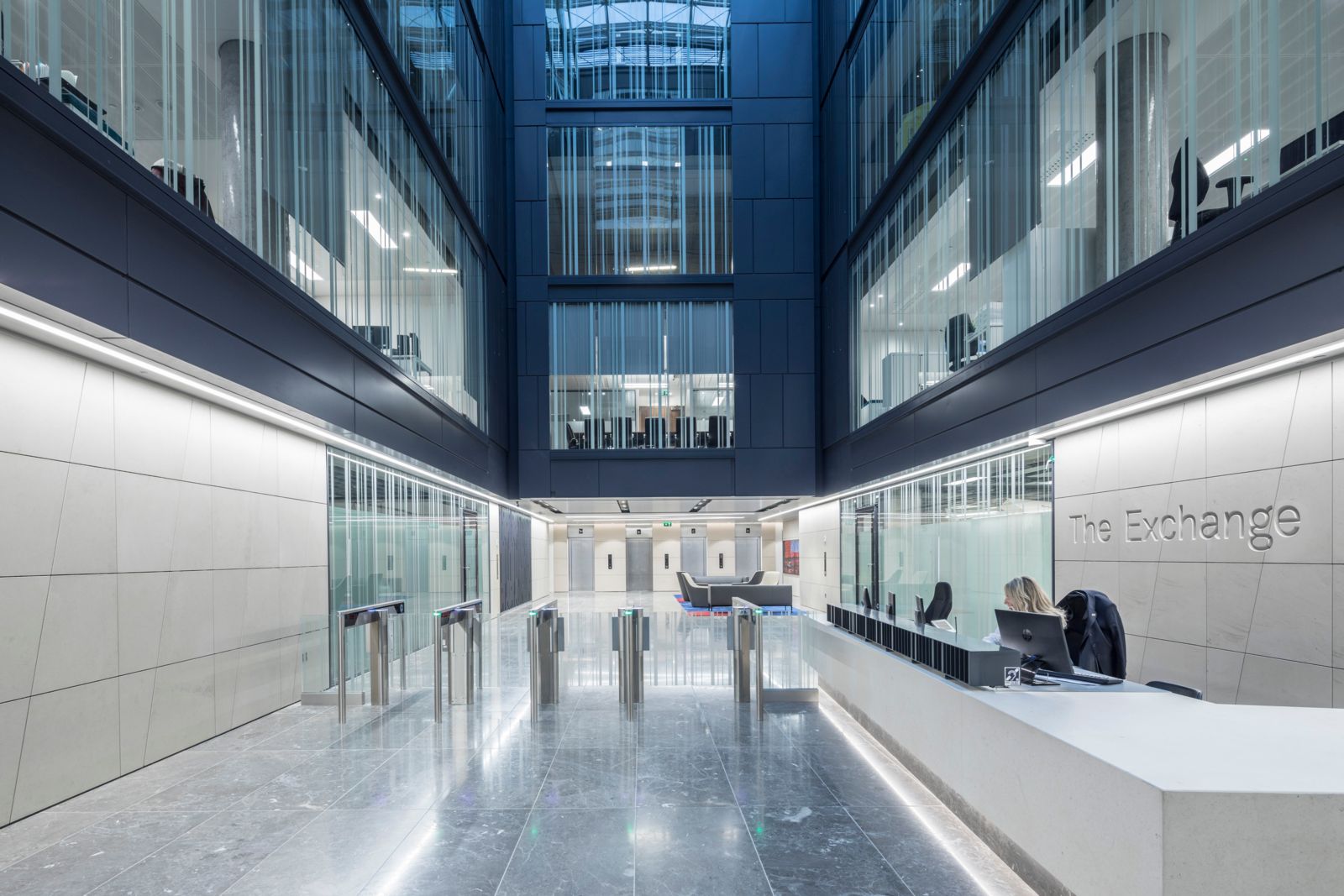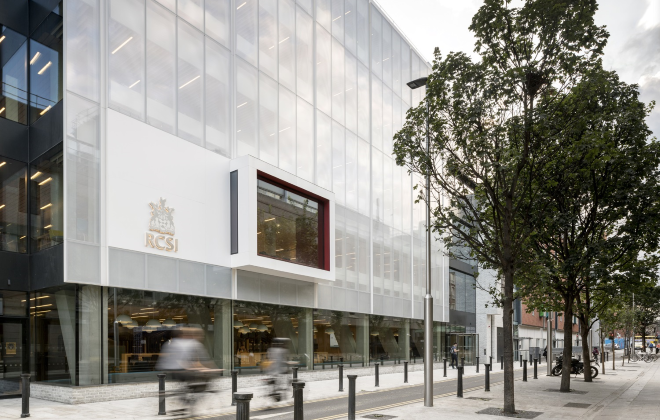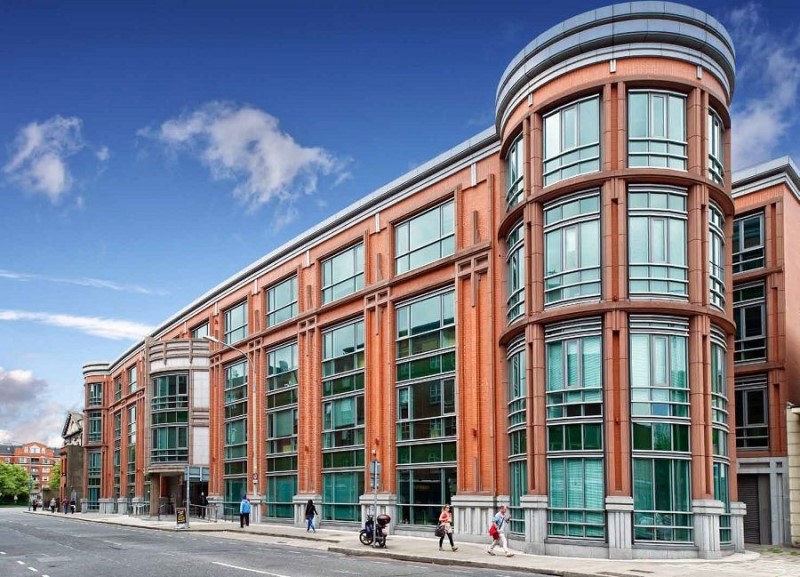
Glass-Reinforced Epoxy (GRE)
Glass Reinforced Epoxy (GRE) materials are an alternative to carbon/stainless-steel pipes which are highly useful especially for corrosive, aggressive and normal environments. High strength fiberglass and amine cured epoxy resin processed under discontinuous filament winding process is the technology used in GRE pipes. These are manufactured by numerically controlled machines on a mandrel according to cross section filament winding process. GRE pipes are suitable and of much use in power plant piping, down hole tubing and casing, plant process piping, oil and gas flow lines, potable water distribution schemes, offshore platform applications and lot more. GRE pipes are comparatively lightweight, easy to handle and install. The thermal conductivity of GRE pipes is low compared to steel and hence heat loss and insulation cost is minimised. Pipes also have a smooth internal surface enables high pipe flow capacity and reduces friction as well.
GRE pipe presents an exceptional arrangement of chemical resistance, thermal resistance, high mechanical properties which is achieved by the selection of highly performing components and a properly designed structure. The major raw materials used for this are fibre glass, Amine Cured Epoxy resin. Inner liner consists of C-glass Veil and Amine Cured Epoxy resin for maximum chemical resistance and will enhance abrasion resistance. The structural layer consists of E- glass and Amine Cured Epoxy resin. Outer Liner is a resin rich layer with structure similar to the structural layer. GRE Pipes can be used for medium of temperature up to 110 º C. Diameters of pipe produced range from 25mm to 2000mm currently.



